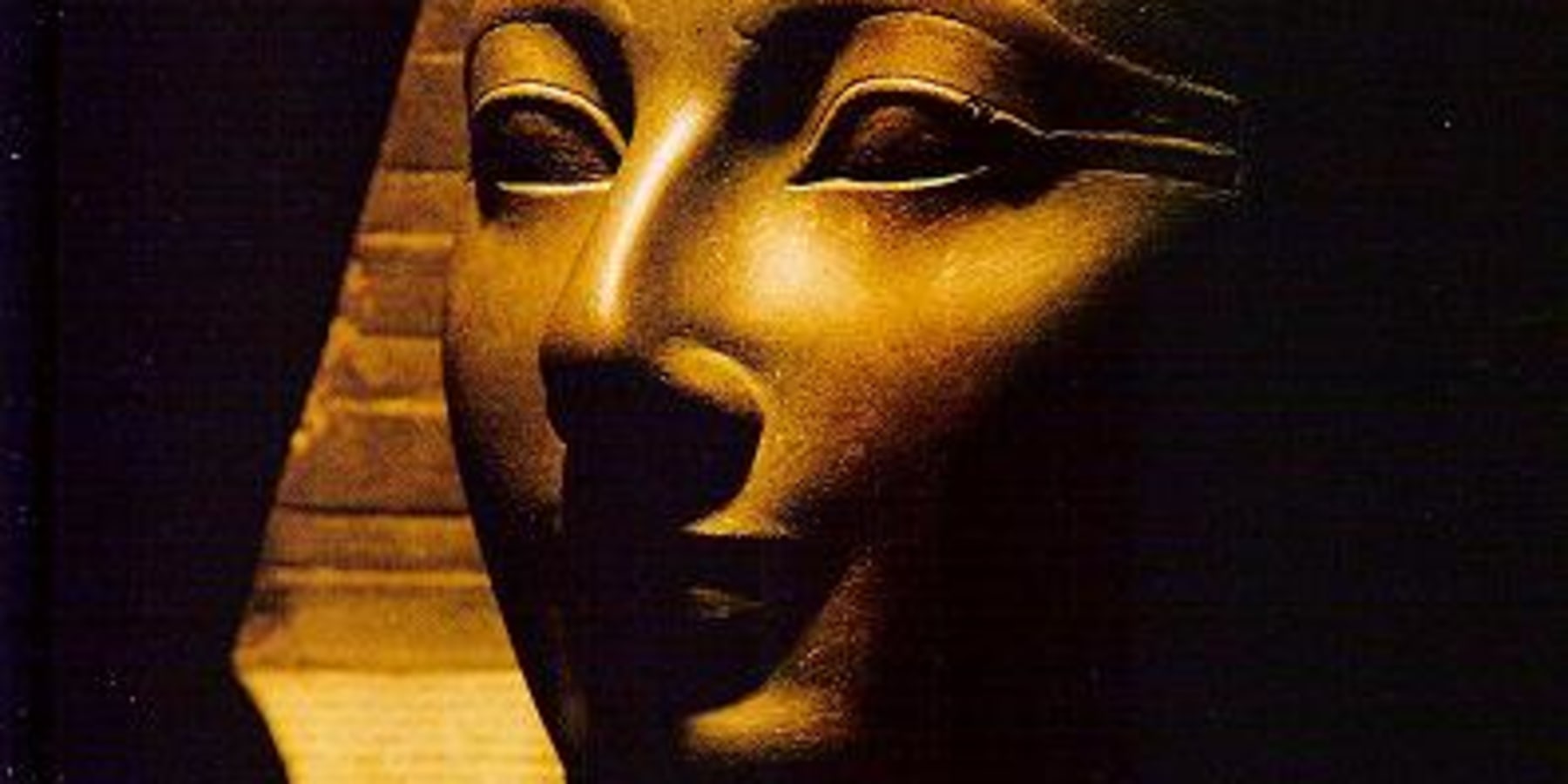
Thutmose means born of the god Thot. He was the sixth king of the eighteenth dynasty and was the son of King Thutmose II. His mother was a secondary wife, not a royal queen. When his father died he was very young, so he became co-regent with his aunt and stepmother, Queen Hatshepsut, during the first 22 years of his reign. It is important to mention that Queen Hatshepsut wasn’t a bad woman; she didn’t usurp the throne - if she really wanted to she could easily have gotten rid of him but she didn’t. Instead, she sent him out of Egypt to learn and grow up. After the Queen died, he was able to take over the throne and he started to build Egypt.
He was a great warrior - one of the greatest military leaders, due to being trained in the army during his upbringing. Egypt reached its peak during his reign; he had created an empire. The Egyptologist James Henry named him "Napoleon of Ancient Egypt". however, this is not a fair or fitting name for the great king - Napoleon lost battles but Thutmose III never lost any. While King, he never surrendered and he respected the countries he landed in, so it is not honourable to name him Napoleon.
Thutmose III led 17 campaigns, he expanded the empire, and the borders of Egypt stretched to include Syria in the north and Nubia in the south. His scribe wrote about his battles which were then recorded on the walls of Karnak Temple. The most important and largest battle was the Battle of Megiddo. There were three routes for the army to take; the northern route and the southern route both of which went around the mountain, but the third was the narrowest, the hardest and the most dangerous. It was also the route that the enemy never imagined the Egyptian army would take. Even though Thutmose’s generals refused to take this route Thutmose insisted and accused them of cowardice. The entire plan was a brilliant strategy and one which is studied in many military academies all over the world.
Throughout his reign, Thutmose III achieved great victories and captured over 350 cities. His second, third and fourth military campaigns were tours to Syria and Canaan to collect tribute and contributions. The fifth, sixth and seventh campaigns were directed against the Phoenician cities in Syria and against Kadesh. The Egyptian king knew all too well the importance of having a navy so he built a very large one. It is interesting to note that Thutmose III was the first king after Thutmose I to cross the Euphrates. All of his other military campaigns were recorded on the walls of Karnak Temple but some of them are without details.
Although he was a great warrior he also made developments in art and architecture. Just as kings before him, he left his mark in Karnak Temple, for example by building additional pylons. More than fifty temples were constructed during his reign as well as obelisks, one of which is Cleopatra’s Needle which can be seen today in New York’s Central Park.
Thutmose III had several wives and at least nine children. His son Amenhotep II succeeded him as King. His mummy was discovered in the El Der El Bahri cache in 1881 and his tomb is in the Valley of the Kings on Luxor’s west bank. It is one of the most beautiful tombs and has several colourful scenes of the king and the afterlife.

